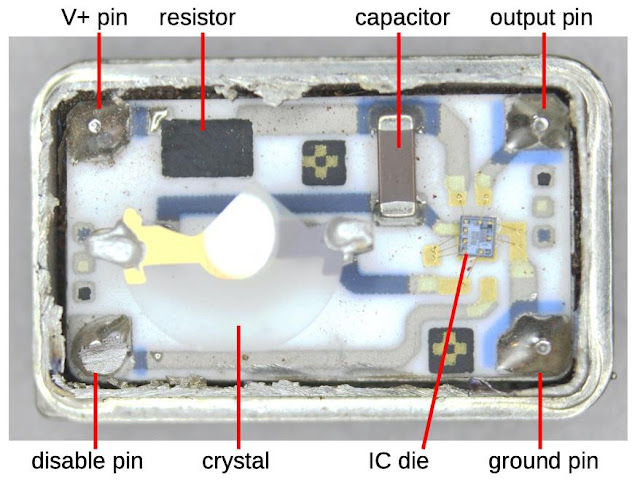A Digital Oscilloscope is a multi-functional instrument for displaying, analyzing, and storing electrical signals. It is an indispensable tool for designing, manufacturing, and maintaining electronic equipment.
 |
| FIG: Sine Wave (1ms/div) |
 |
| FIG: Single Cycle Waveform (100us/div) |
 |
| FIG: Adjustment knobs |
Below are two microscope “slides”: a 1 kHz vibration and a 50 MHz vibration, each captured with an identical 2 GSa/s “optical sensor.” The dots are ADC sample points; the connecting line helps you see the actual wave the scope reconstructs.
Enjoy the contrast: the slow wave looks like a gentle sway; the fast one quivers tens of millions of times per second, yet the scope still resolves it because it was built for that speed.
Why 1 kHz is “small” for an oscilloscope — Explanation:
Huge bandwidth cushion – A bench scope typically handles signals up to about 200 MHz. 1 kHz is 200 000 × lower, so it sits on the flat, loss-free part of the response curve.
Sampling overkill – With a 2 gigasmples / s converter, the scope can capture roughly two million data points in every 1 kHz cycle, far beyond the Nyquist minimum.
Gentle slopes – The voltage change rate of a 1 kHz sine (≈ 6 V ms⁻¹ for a 1 V peak) is minuscule compared to the slew-rate the front-end is built for, so nothing distorts.
Barely any loading – At 1 kHz, a 15 pF probe impedance looks like ~10 MΩ, which hardly disturbs the circuit—unlike at tens of MHz where the same capacitance forms a divider.
Think of the scope as a vibration microscope: it’s tuned for lightning-fast movements, so a leisurely 1kHz wobble is as easy to resolve as large print under a magnifying glass.
GOOD TO KNOW TERMINOLOGIES FOR AN OSCILLOSCOPE SAFETY











.jfif)



Comments
Post a Comment